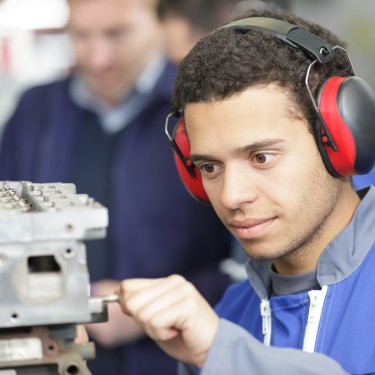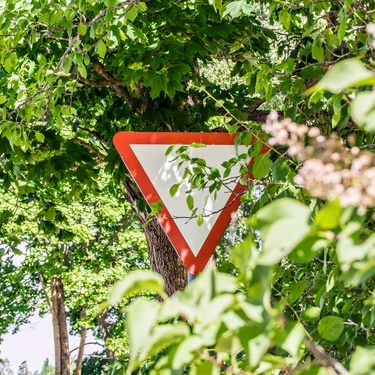
Noise pollution is more than just an annoyance—it can threaten anyone’s well-being. Employees in industrial plants are particularly susceptible to high noise levels due to the operation of heavy machinery. However, plant managers can try several strategies to mitigate noise pollution. Read on to learn several practical tips for reducing noise pollution in your industrial plant.
Quiet the Pipes
One overlooked source of noise in industrial plants is the piping system. The constant movement of fluids and gases through pipes can generate significant noise. To address this, utilize pipe materials or components that dampen sound and diminish vibrations.
For example, a common misconception about expansion joints is that they add to noise pollution, but the opposite is true. Incorporating cast iron pipes into your operation can also have a positive effect. Maintaining your pipes to prevent leaks and securing them can also make a significant difference.
Set Time Limits on Machine Operation
Running machinery continuously can contribute to elevated noise levels. One way to control this is by setting time limits for machine operation.
Scheduling noisy operations during designated times when fewer workers are present can minimize their exposure to harmful noise. Implementing a rotating schedule for machine operation can also prevent prolonged exposure for workers.
Install Sound-Absorbing Panels
Another tip for reducing noise pollution in your industrial plant is using sound-absorbing materials. Investing in acoustic panels, barriers, and soundproofing materials can lower noise levels in your plant.
Manufacturers build these products to absorb and dampen noise. Installing them around noisy equipment, walls, and ceilings can create a quieter work environment.
Look for Machines That Are Less Noisy
When purchasing new equipment, consider the noise they create. Modern machinery often comes with noise-reducing features and can operate more quietly than older models. Investing in quieter machinery can benefit worker health and productivity.
Encourage Workers To Protect Their Ears
In addition to all your efforts to reduce noise at the source, you must protect your workers. Provide high-quality ear protection, such as earplugs and earmuffs. Make sure you train your workers on the proper use of this gear so they use it effectively.
Implementing these strategies can help you reduce noise pollution in your industrial plant. Your team will be grateful that you implemented these thoughtful changes!
Bio: Casey is a passionate copyeditor highly motivated to provide compelling SEO content in the digital marketing space. Her expertise includes a vast range of industries from highly technical, consumer, and lifestyle-based, with an emphasis on attention to detail and readability.



















